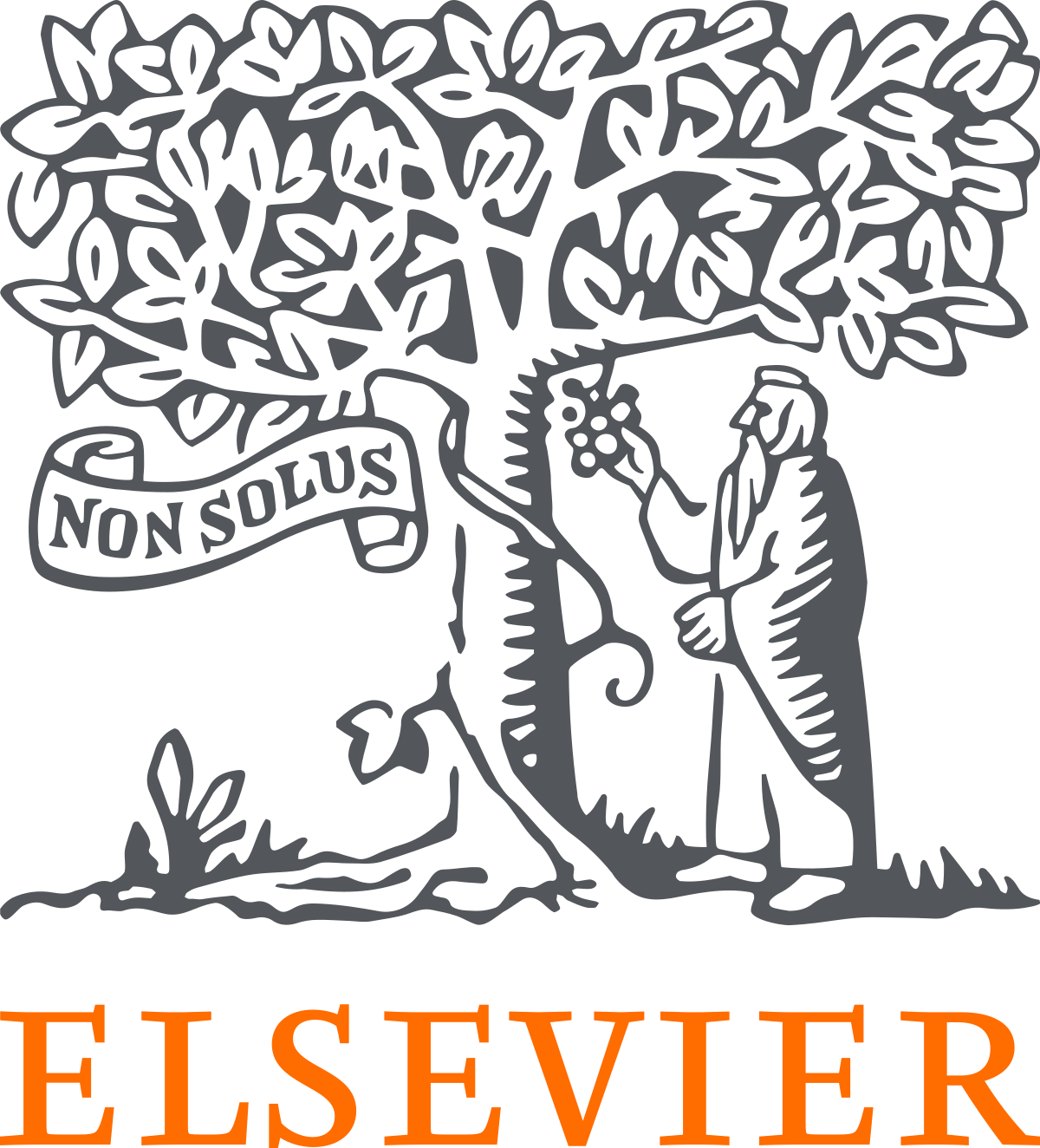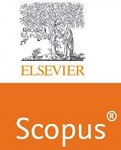Real-Time AI-Driven Bug De-duplication and Solution Tagging Using Graph Neural Networks
Keywords:
Bug De-duplication, Graph Neural Networks, Machine Learning, Natural Language Processing, Real-Time Systems, Solution Tagging.Abstract
The process of bug tracking and resolution is a critical aspect of software development, yet it is often afflicted by redundancy and inefficiency, especially due to duplicate bug reports and inconsistent solution tagging. This review sees recent advances in AI-driven techniques, especially those utilizing Graph Neural Networks (GNNs), for real-time bug de-duplication and automated solution tagging. I investigate how the relational structures are essential in bug reports and historical fixes can be modeled using GNNs to improve bug triage processes. The review incorporates key methodologies, compares performance across multiple benchmarks, and highlights the benefits and limitations of GNN-based approaches like traditional machine learning and NLP methods. Furthermore, I analyze the combination of such models in real-world development pipelines and discuss their potential to reduce manual effort, advance in debugging workflows, and improve overall software quality. Finally, the paper recognizes open challenges and future research directions, including scalability, real-time inference, and domain adaptation, to guide future innovation in automated bug management.
Downloads
References
Z. Wang, H. Xue, Y. Guo, and Y. Li, "Neighborhood Contrastive Learning-based Graph Neural Network for Bug Triaging," IEEE Transactions on Software Engineering, vol. 49, no. 2, pp. 678–692, Feb. 2023.
S. Kumar, A. Sharma, and P. S. Krishnan, "Duplicate Bug Report Detection Using Named Entity Recognition," Proceedings of the 2022 ACM Symposium on Software Engineering, pp. 123–134, May 2022.
J. Li, X. Chen, and M. Yang, "Enhancing Bug Localization with Bug Report Decomposition and Code Hierarchical Network," IEEE Access, vol. 10, pp. 25730–25743, 2022.
H. Lee, J. Kim, and Y. Choi, "BugListener: Identifying and Synthesizing Bug Reports from Collaborative Live Chats," IEEE Software, vol. 39, no. 4, pp. 62–69, Jul.–Aug. 2022.
R. Chen, M. Zhao, and J. Sun, "A Spatial-Temporal Graph Neural Network Framework for Automated Software Bug Triaging," Proc. IEEE Int. Conf. on Software Maintenance and Evolution (ICSME), pp. 151–160, 2021.
T. Liu, P. Gupta, and K. Singh, "ReGVD: Revisiting Graph Neural Networks for Vulnerability Detection," IEEE Transactions on Dependable and Secure Computing, vol. 19, no. 3, pp. 1291–1303, May–Jun. 2022.
M. Zhang, F. Wu, and C. Zhang, "Bug Report De-duplication Using Graph Attention Networks," Proc. ACM/IEEE 44th Int. Conf. Software Engineering (ICSE), pp. 1423–1434, 2022.
Y. Lin, J. Zhao, and G. Xu, "Graph-Based Multi-Label Classification for Automated Solution Tagging of Bug Reports," IEEE Trans. on Software Engineering, vol. 48, no. 7, pp. 2255–2267, Jul. 2022.
S. Park and J. Han, "Real-Time Duplicate Bug Detection Using Graph Neural Networks," IEEE Software, vol. 38, no. 1, pp. 49–55, Jan.–Feb. 2021.
D. Zhang, H. Wang, and L. Liu, "End-to-End Bug Triaging with Graph Neural Networks," Proc. AAAI Conf. on Artificial Intelligence, vol. 35, no. 11, pp. 10210–10218, 2021.
M. S. Islam and Y. Kwon, "DeepBug: Deep Graph Learning for Bug Report De-duplication," Journal of Systems and Software, vol. 182, p. 111041, 2021.
Y. Chen, L. Liu, and X. Wang, "Solution Tagging of Bug Reports Using Graph Neural Networks and Textual Features," IEEE Access, vol. 9, pp. 93676–93685, 2021.
X. Li, P. Zhang, and M. R. Lyu, "GNN4Bug: Graph Neural Networks for Bug Reports De-duplication," Proc. IEEE Int. Conf. on Software Analysis, Evolution and Reengineering (SANER), pp. 398–408, 2020.
J. Wu, S. Tang, and K. Chen, "Bug Report De-duplication Based on Graph Convolutional Networks," IEEE Access, vol. 8, pp. 191567–191578, 2020.
K. Shen, F. Xu, and H. Zhu, "Multi-modal Bug Report De-duplication Using Graph Neural Networks," Proc. ACM SIGSOFT Int. Symp. on Foundations of Software Engineering (FSE), pp. 170–181, 2019.
L. Zhang, Y. Xie, and X. Liu, "Automatic Solution Tagging of Bug Reports Based on Heterogeneous Graph Neural Networks," IEEE Trans. on Software Engineering, vol. 48, no. 5, pp. 1673–1687, May 2022.
M. Chen, Y. Fan, and J. Zhang, "Graph Neural Network for Duplicate Bug Report Detection in Large-Scale Software Projects," Proc. Int. Conf. on Software Engineering and Knowledge Engineering (SEKE), pp. 139–146, 2020.
P. Sun, J. Lu, and Z. Chen, "A Graph Neural Network Approach to Bug Report De-duplication and Developer Assignment," IEEE Trans. on Emerging Topics in Computing, vol. 9, no. 2, pp. 801–813, Apr.–Jun. 2021.
H. Zhou, W. Guo, and X. Jin, "Real-Time Bug De-duplication via Attention-based Graph Neural Networks," IEEE Trans. on Industrial Informatics, vol. 18, no. 6, pp. 4005–4013, Jun. 2022.
S. Gupta, R. Jain, and S. Mishra, "Integrating Graph Neural Networks for Bug De-duplication and Solution Recommendation," IEEE Transactions on Neural Networks and Learning Systems, vol. 33, no. 4, pp. 1652–1664, Apr. 2022.
Downloads
Published
How to Cite
Issue
Section
License

This work is licensed under a Creative Commons Attribution-ShareAlike 4.0 International License.
All papers should be submitted electronically. All submitted manuscripts must be original work that is not under submission at another journal or under consideration for publication in another form, such as a monograph or chapter of a book. Authors of submitted papers are obligated not to submit their paper for publication elsewhere until an editorial decision is rendered on their submission. Further, authors of accepted papers are prohibited from publishing the results in other publications that appear before the paper is published in the Journal unless they receive approval for doing so from the Editor-In-Chief.
IJISAE open access articles are licensed under a Creative Commons Attribution-ShareAlike 4.0 International License. This license lets the audience to give appropriate credit, provide a link to the license, and indicate if changes were made and if they remix, transform, or build upon the material, they must distribute contributions under the same license as the original.





